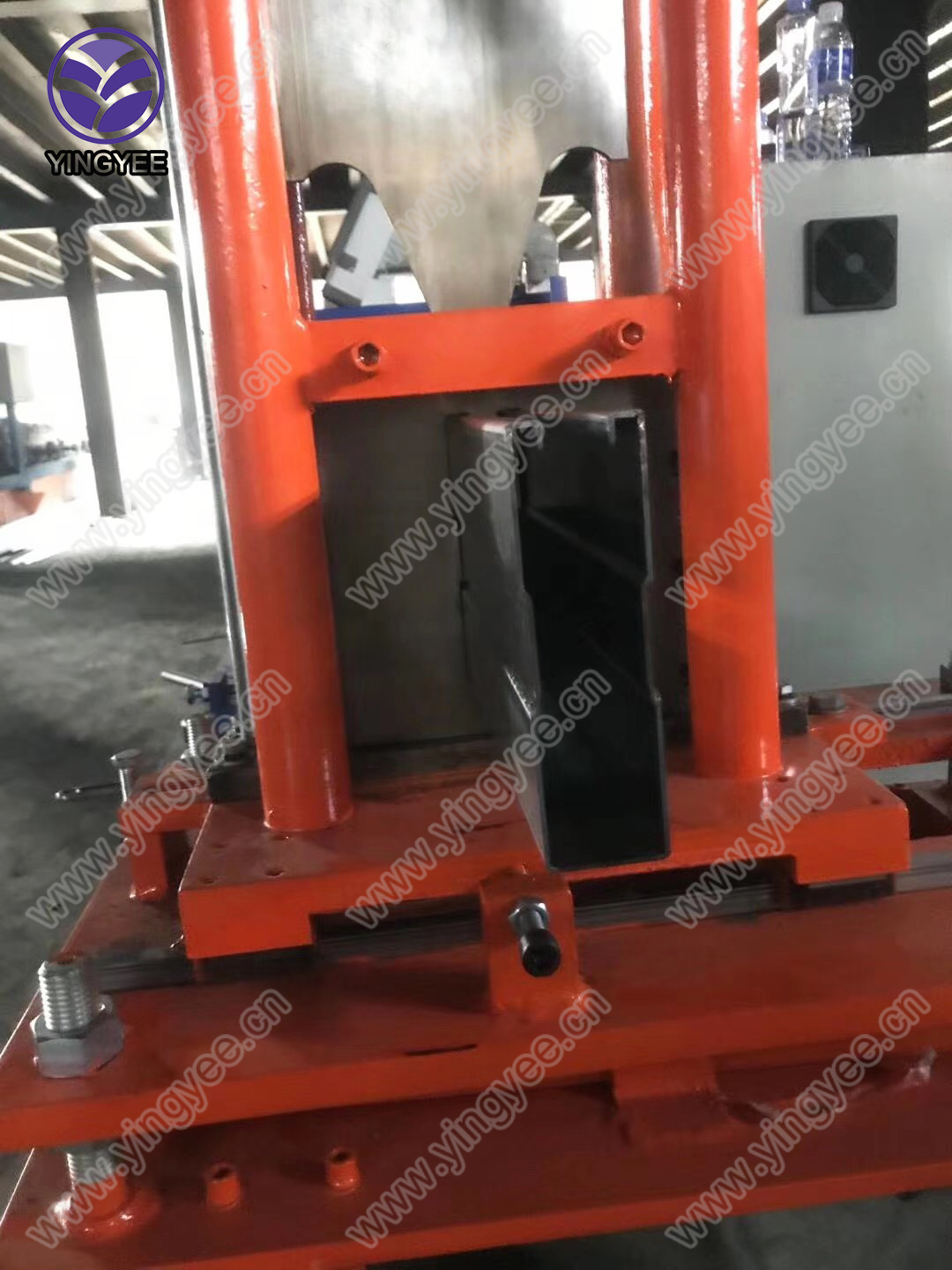
The Evolution of T Bar and T Grid Making Roll Forming Machines
In the ever-evolving landscape of construction and manufacturing, the demand for efficient and reliable machinery has never been greater. One of the most notable examples of this evolution is the T bar and T grid making roll forming machine. These machines have become essential in producing the framework that supports various constructions, from ceilings to partition walls.
What are T Bars and T Grids?
T bars and T grids are critical components in modern architecture. T bars generally refer to the metal strips shaped like the letter 'T', which provide structural support. T grids, on the other hand, are the grids formed by interconnected T bars, primarily used to support ceiling tiles and other lightweight materials. The precision and quality of these components greatly influence the overall strength and stability of the constructions they support.
The Role of Roll Forming Machines
Roll forming machines are specialized equipment designed to shape metal sheets into specific profiles. The process involves feeding metal through a series of rollers that gradually shape the material into the desired cross-section. This technique is not only efficient but also minimizes waste, making it an environmentally friendly option. The roll forming process is particularly well-suited for producing T bars and T grids due to the consistent size and shape it can achieve.
Advancements in Technology

The production of T bars and T grids has seen several advancements in recent years. Modern roll forming machines are now equipped with advanced features, such as programmable controls and automated systems, which enhance precision and reduce labor costs. Some machines are even integrated with Computer Numerical Control (CNC) systems, allowing for intricate designs and specifications to be produced with ease. This level of automation not only streamlines the production process but also ensures that manufacturers can meet the increasing demands of the market without sacrificing quality.
Moreover, the ability to quickly change between different profiles has made roll forming machines versatile. This adaptability is crucial in an industry that often requires custom solutions for specific projects. Producers can easily switch between making T bars for standard ceilings to specialized T grid sizes for unique architectural requirements.
Benefits of Using T Bar and T Grid Making Roll Forming Machines
The benefits of utilizing T bar and T grid making roll forming machines extend beyond mere efficiency. First and foremost, the accuracy of these machines leads to less wasted material and reduced costs. Furthermore, the consistent quality of the produced T bars and grids ensures that they meet industry standards and building codes, which is vital for safety and reliability in construction.
Additionally, these machines allow for high-speed production runs, which is a significant advantage in a competitive market where time is often of the essence. As construction projects face tight deadlines, being able to produce components quickly can set a manufacturer apart from its competitors.
Conclusion
T bar and T grid making roll forming machines represent a crucial technological leap in the manufacturing sector. They facilitate the production of essential construction components with remarkable efficiency, precision, and adaptability. As the construction industry continues to grow and evolve, the role of these machines will undoubtedly become even more significant, paving the way for innovative building solutions that meet the needs of both consumers and the environment alike. In conclusion, investing in advanced roll forming technology is not just a business strategy but a commitment to quality and sustainability in construction.